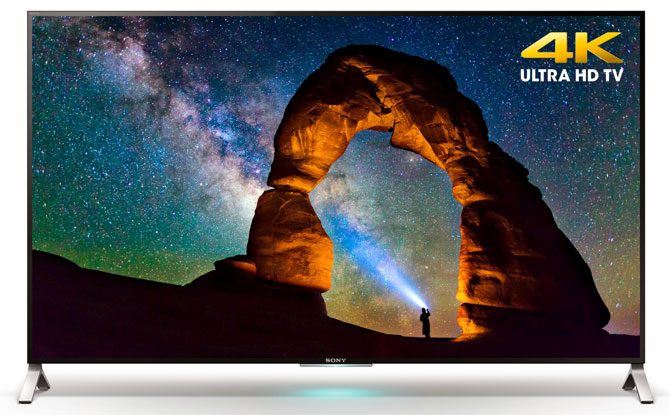All HD Categories
- Amateur (33)
- Anal (44)
- Art Porn (38)
- Asian (39)
- Babes (10)
- BBW (14)
- BDSM (17)
- Blowjobs (32)
- Boobs (26)
- Casting Porn (21)
- Creampies (8)
- Deep Insertions (19)
- Ebony/Interracial (20)
- Facial Cumshots (18)
- Femdom (19)
- Fetish (40)
- Gay Porn (24)
- Group Sex (21)
- Handjobs (9)
- Hardcore (18)
- Hardcore Euro (30)
- Latina (9)
- Leg/Feet Fetish (19)
- Lesbian (45)
- Massage Sex (14)
- Mature/MILF (38)
- Mega Sites (29)
- Network (36)
- Old/Young (18)
- Petite (11)
- Pornstars (23)
- POV (23)
- Reality (62)
- Softcore (25)
- Solo Girls (21)
- Solo Girls Hard (21)
- Step Porn (21)
- Threesomes (14)
- Toys/Insertions (37)
- Tranny (20)
- Voyeur (28)
- VR Porn (14)
- Wet/Messy (10)
- Young Women (50)

So What Is It Exactly?
When something is listed as being able to project or record video in 4K resolution, it's referring to a few possible resolutions that are high definition. Officially, a resolution of 3840 x 2160 pixels or 4096 x 2160 pixels is considered to be 4K quality.To put it into perspective, consider the fact that 4K has twice the line resolution and uses four times the amount of pixels as 1080p , which itself has a resolution of 1920 x 1080 pixels. In the home setting, a screen that is advertised as being 4K (often advertised as being Ultra HD or UHD) must be a minimum of 3,840 pixels wide and 2,160 pixels high.
A few video projectors and a variety of professional cameras use the resolution of 4,096 x 2,160 pixels, often called 4K x 2K.
4K is one of the four main resolution standards that are used in home entertainment, with the full list being the following:
- • Standard Definition (480p/540p)
- • High Definition (720p)
- • Full High Definition (1080i/p
- • Ultra High Definition/4K (2160p)
What Makes It Better?
Quite simply, 4K is better than 720p and 1080i/p because it not only improves the resolutions, it improves the image quality significantly. 1080p, for example, provides tremendous clarity, but the problem with it is that, as the screen gets bigger, its quality doesn't always hold up.With 4K, it works extremely well with large TV screens and video projectors, such as in movie theaters. The image itself will be far more detailed and will have less evident pixels compared to 1080p.
Another example of what makes it better is in regards to 3D technology. Whether it's with 3D TVs or video projectors that are 1080p, if they require 3D glasses, the actual 3D image that you'll view has its resolution cut to half of the 1080p resolution, meaning that it'll be at just 540p in each eye. But, if the TV has 4K resolution capabilities, the resolution will be 1080p in each eye when using the glasses and a full 4K resolution when it's in its 2D mode.
To summarize, with 4K, you'll be able to view an image that has better color resolution, is more life-like, has more depth, and has more detail present. Though you'll be able to notice an improvement in quality no matter the size of the screen, you'll be able to notice it more the bigger the screen is.
The Future of 4K
The future of 4K technology is quite bright, especially as more and more 4K television sets are being sold every year. Issues remain, however, in the amount of content that is available in 4K. But, with its growing popularity, 2015 looks to be a bright year for 4K, especially as digital and physical distribution finally embraces it.
Featured Review
 Kelly Madison >> 9.8 Kelly Madison continues to absolutely dominate an empire of mature, stacked women that have a handle on fucking, directing and starring in hardcore fantasy styled porn. Ryan and Kelly Madison may be the top producers in delivering some of the best fantasized sex for our generation!
Kelly Madison >> 9.8 Kelly Madison continues to absolutely dominate an empire of mature, stacked women that have a handle on fucking, directing and starring in hardcore fantasy styled porn. Ryan and Kelly Madison may be the top producers in delivering some of the best fantasized sex for our generation!



